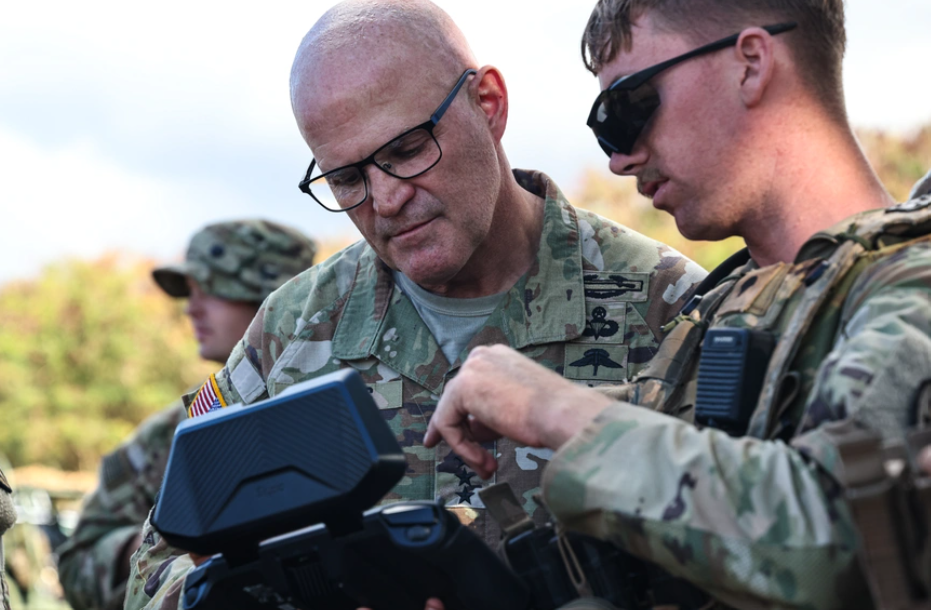Defense Daily
-
Friday, December 12, 2025
- Lawmakers Seek To Fence Off Half Of NGC2 Funding Until Army Provides More Details
- Kelly Says SHIPS Act Moving Forward, Skeptical Of Golden Dome SBIs
- L3Harris Delivers First Production Meadowlands Satellite Jammer To Space Force
- Final FY ‘26 NDAA Backs Army’s Early Production Push For FLRAA
- DoD Advisor Confirms Potential To Build Navy Warships Outside U.S. Akin To ICE Pact
- Northrop Grumman’s SiAW Completes Separation Test From F-16
- DIU Selects Teams To Help INDOPACOM With AI Solutions To Track “Blue Objects”
-
Friday, December 12, 2025
- Lawmakers Seek To Fence Off Half Of NGC2 Funding Until Army Provides More Details
- Kelly Says SHIPS Act Moving Forward, Skeptical Of Golden Dome SBIs
- L3Harris Delivers First Production Meadowlands Satellite Jammer To Space Force
- Final FY ‘26 NDAA Backs Army’s Early Production Push For FLRAA
- DoD Advisor Confirms Potential To Build Navy Warships Outside U.S. Akin To ICE Pact
- Northrop Grumman’s SiAW Completes Separation Test From F-16
- DIU Selects Teams To Help INDOPACOM With AI Solutions To Track “Blue Objects”
-
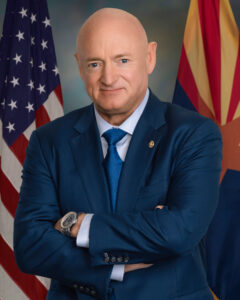 Navy/USMC
Navy/USMCKelly Says SHIPS Act Moving Forward, Skeptical Of Golden Dome SBIs
A key backer of the SHIPS for America Act (S. 1541) this week argued it is not bogged down in committee any longer and also expressed strong skepticism of spending […]
Tagged in: -
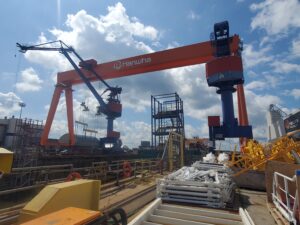 Navy/USMC
Navy/USMCDoD Advisor Confirms Potential To Build Navy Warships Outside U.S. Akin To ICE Pact
An advisor to Defense Department leaders this week confirmed the Navy is still considering building warships outside U.S. shipyards to boost fleet numbers, comparing the idea to the ICE Pact […]
Tagged in: -
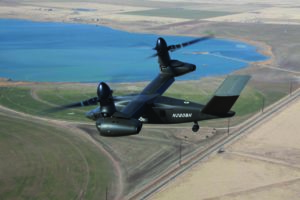 Army
ArmyFinal FY ‘26 NDAA Backs Army’s Early Production Push For FLRAA
Lawmakers are backing the Army’s push to accelerate the Future Long Range Assault Aircraft (FLRAA) program, including a provision in the next defense policy bill that would authorize moving into […]
-
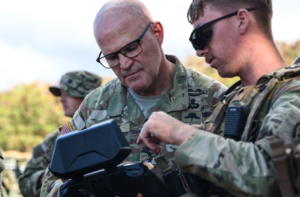 Army
ArmyLawmakers Seek To Fence Off Half Of NGC2 Funding Until Army Provides More Details
Lawmakers are seeking more details from the Army before authorizing full funding for the service’s Next-Generation Command and Control (NGC2) initiative. The final version of the fiscal year 2026 National […]
-
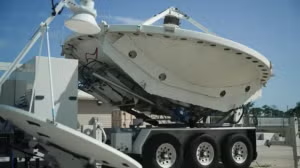 Space
SpaceL3Harris Delivers First Production Meadowlands Satellite Jammer To Space Force
L3Harris Technologies [LHX] on Thursday said it delivered the first Meadowlands production unit to the Space Force, providing the service with a ground-based mobile capability to jam and disrupt enemy […]
-
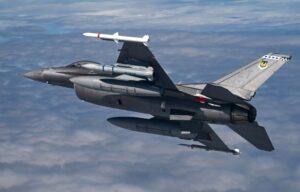 Air Force
Air ForceNorthrop Grumman’s SiAW Completes Separation Test From F-16
A Stand-in Attack Weapon (SiAW) developed by Northrop Grumman [NOC] completed an airborne separation test from an Air Force F-16 aircraft as part of ongoing development efforts of the air-to-ground […]
-
 Advanced / Transformational Technology
Advanced / Transformational TechnologyDIU Selects Teams To Help INDOPACOM With AI Solutions To Track “Blue Objects”
The Defense Innovation Unit (DIU) on Wednesday said it selected 10 teams to provide prototype solutions to meet the challenges of tracking and coordinating activities of friendly forces in support […]
-
Thursday, December 11, 2025
- House Passes $900.6 Billion FY ‘26 NDAA, Bill Now Heads To Senate
- Space Force To Begin Outlining Acquisition Reform Plans Early In 2026
- Navy Expects First LSM Hull Ready By 2029
- ‘Right To Repair’ Reforms Mostly Stripped From Final FY ‘26 NDAA
- Lawmakers Back New Army Multi-Year Deal For Black Hawks In Final FY ’26 NDAA
- Space Force Seeks Prototype Proposals For Space Based Kinetic Midcourse Interceptors
- Vatn Systems Raises $60 Million To Scale Undersea Vessel Development And Manufacturing
- AeroVironment Swings To Loss In Second Quarter As Sales Soar
- HII Lays Submarine Backbone Down For Virginia-Class Sub
- Air Force Awards Voyager $21 Million To Develop AI-Enabled ISR Capabilities

